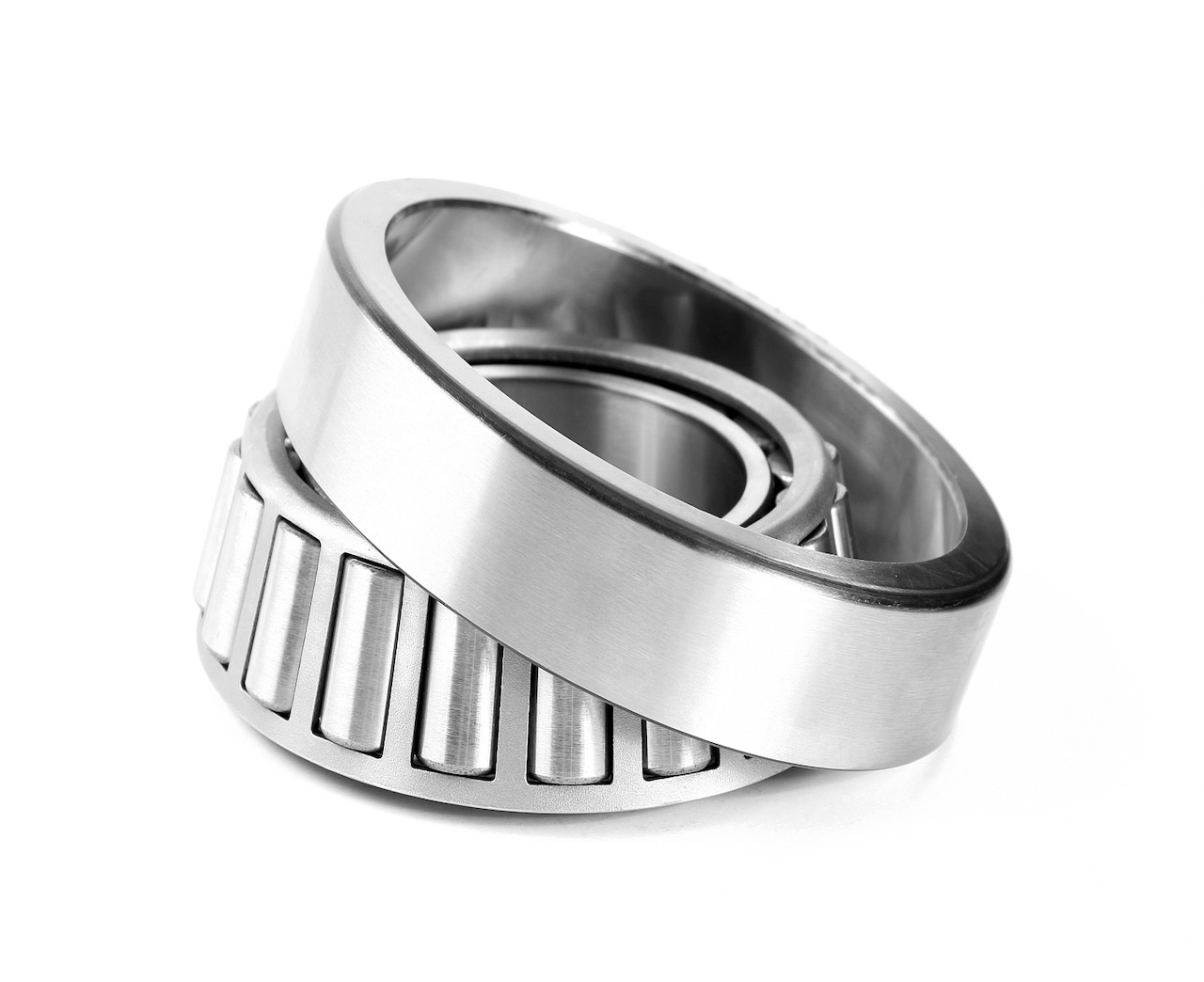थ्रस्ट बियरिंग्स की मूल बातें क्या हैं?
Oct 22, 2024थ्रस्ट बियरिंग विभिन्न यांत्रिक प्रणालियों में आवश्यक घटक हैं, जिन्हें अक्षीय भार या "जोर" भार का समर्थन करने के लिए डिज़ाइन किया गया है। रेडियल भार को संभालने वाले अन्य प्रकार के बीयरिंगों के विपरीत, थ्रस्ट बीयरिंग शाफ्ट के समानांतर दिशा में स्थिरता प्रदान करने पर ध्यान केंद्रित करते हैं। इन विशेष बीयरिंगों का व्यापक रूप से उन उद्योगों में उपयोग किया जाता है जिन्हें भारी भार के तहत भी सुचारू और कुशल संचालन की आवश्यकता होती है। मैकेनिकल इंजीनियरिंग, भारी औद्योगिक अनुप्रयोगों या मशीनरी रखरखाव में शामिल किसी भी व्यक्ति के लिए थ्रस्ट बियरिंग की मूल बातें समझना महत्वपूर्ण है।
थ्रस्ट बियरिंग्स को विशेष रूप से अक्षीय भार-बलों का समर्थन करने के लिए इंजीनियर किया जाता है जो रोटेशन की धुरी के समानांतर कार्य करते हैं। वे आम तौर पर उन प्रणालियों में पाए जाते हैं जहां अक्षीय भार-वहन क्षमता रेडियल भार प्रबंधन से अधिक महत्वपूर्ण होती है। इन बीयरिंगों को कई प्रकारों में वर्गीकृत किया जा सकता है, प्रत्येक को विभिन्न प्रकार के अक्षीय भार और परिचालन स्थितियों को संभालने के लिए डिज़ाइन किया गया है।
कुछ सबसे सामान्य प्रकार के थ्रस्ट बियरिंग्स में शामिल हैं:
थ्रस्ट बियरिंग गतिमान भागों के बीच घर्षण को कम करके काम करते हैं। बियरिंग को मशीन के स्थिर और घूमने वाले तत्वों के बीच रखा जाता है, जिससे अक्षीय भार के कुशल हस्तांतरण की अनुमति मिलती है। बेयरिंग में गेंदों या रोलर्स का उपयोग घर्षण को कम करता है और सिस्टम के घटकों पर टूट-फूट को रोकता है।
एक अच्छी तरह से डिज़ाइन किया गया थ्रस्ट बेयरिंग सुचारू संचालन, बेहतर दक्षता और कम ऊर्जा खपत की अनुमति देता है। ये बीयरिंग उन प्रणालियों में महत्वपूर्ण हैं जहां अक्षीय बलों को लगातार नियंत्रित और निर्देशित करने की आवश्यकता होती है।
विभिन्न औद्योगिक अनुप्रयोगों में थ्रस्ट बीयरिंग महत्वपूर्ण घटक हैं जो अक्षीय भार से निपटने की मांग करते हैं। यहां कुछ सामान्य उद्योग और उपकरण हैं जहां थ्रस्ट बियरिंग महत्वपूर्ण भूमिका निभाते हैं:
मोटर वाहन उद्योग: गियर शिफ्ट के दौरान उत्पन्न अक्षीय बलों का समर्थन करने के लिए, कार ट्रांसमिशन में, विशेष रूप से मैनुअल गियरबॉक्स में, थ्रस्ट बियरिंग्स का उपयोग किया जाता है। वे सुनिश्चित करते हैं कि गियर बिना अधिक घर्षण के आसानी से घूम सकें, जिससे वाहन के बेहतर प्रदर्शन में योगदान मिलता है।
भारी मशीनरी: औद्योगिक मशीनरी में, जैसे कन्वेयर सिस्टम, टर्बाइन और क्रेन, थ्रस्ट बियरिंग्स अक्षीय भार को संभालने में मदद करते हैं, जिससे मशीनरी को उच्च तनाव और लोड स्थितियों के तहत काम करने की अनुमति मिलती है।
एयरोस्पेस: विमान के इंजन उड़ान के दौरान उत्पन्न महत्वपूर्ण अक्षीय भार का समर्थन करने के लिए थ्रस्ट बियरिंग पर बहुत अधिक निर्भर करते हैं। ये बीयरिंग सुचारू संचालन और विश्वसनीयता सुनिश्चित करते हैं, जो विमान की सुरक्षा के लिए महत्वपूर्ण है।
विद्युत उत्पादन: बिजली संयंत्रों में, विशेष रूप से टर्बाइनों में, थ्रस्ट बियरिंग बिजली उत्पादन के दौरान उत्पन्न अक्षीय भार का प्रबंधन करते हैं। ये बीयरिंग बिजली उपकरणों की समग्र दक्षता और दीर्घायु में योगदान करते हैं।
भारी अक्षीय भार उठाने वाली मशीनों की स्थिरता और प्रदर्शन को बनाए रखने के लिए थ्रस्ट बेयरिंग आवश्यक हैं। इन बीयरिंगों के बिना, मशीनरी में अधिक घर्षण, बढ़ी हुई टूट-फूट और बार-बार टूटने का खतरा होगा। थ्रस्ट बियरिंग्स का डिज़ाइन इसकी अनुमति देता है:
औद्योगिक अनुप्रयोगों के लिए थ्रस्ट बियरिंग्स का चयन करते समय, कई कारकों पर विचार करना महत्वपूर्ण है:

पर DYSen औद्योगिक, हम एक विस्तृत श्रृंखला की पेशकश करते हैं जोर बीयरिंग, गेंद और रोलर किस्मों सहित, विभिन्न औद्योगिक अनुप्रयोगों के लिए उपयुक्त। हमारे बीयरिंग एसकेएफ, आईएनए और टिमकेन जैसे विश्वसनीय निर्माताओं से प्राप्त किए जाते हैं, जो शीर्ष स्तर के प्रदर्शन और स्थायित्व को सुनिश्चित करते हैं।
थ्रस्ट बियरिंग किसी भी यांत्रिक प्रणाली में मूलभूत घटक हैं जिन्हें अक्षीय भार के लिए समर्थन की आवश्यकता होती है। चाहे ऑटोमोटिव गियरबॉक्स, भारी मशीनरी, या एयरोस्पेस इंजन में, ये बीयरिंग सुचारू संचालन के लिए आवश्यक स्थिरता, स्थायित्व और प्रदर्शन प्रदान करते हैं। सही थ्रस्ट बियरिंग का चयन आपके उपकरण की दक्षता और दीर्घायु को महत्वपूर्ण रूप से प्रभावित कर सकता है, जिससे यह सुनिश्चित होता है कि यह न्यूनतम घर्षण और अधिकतम प्रदर्शन के साथ संचालित होता है।